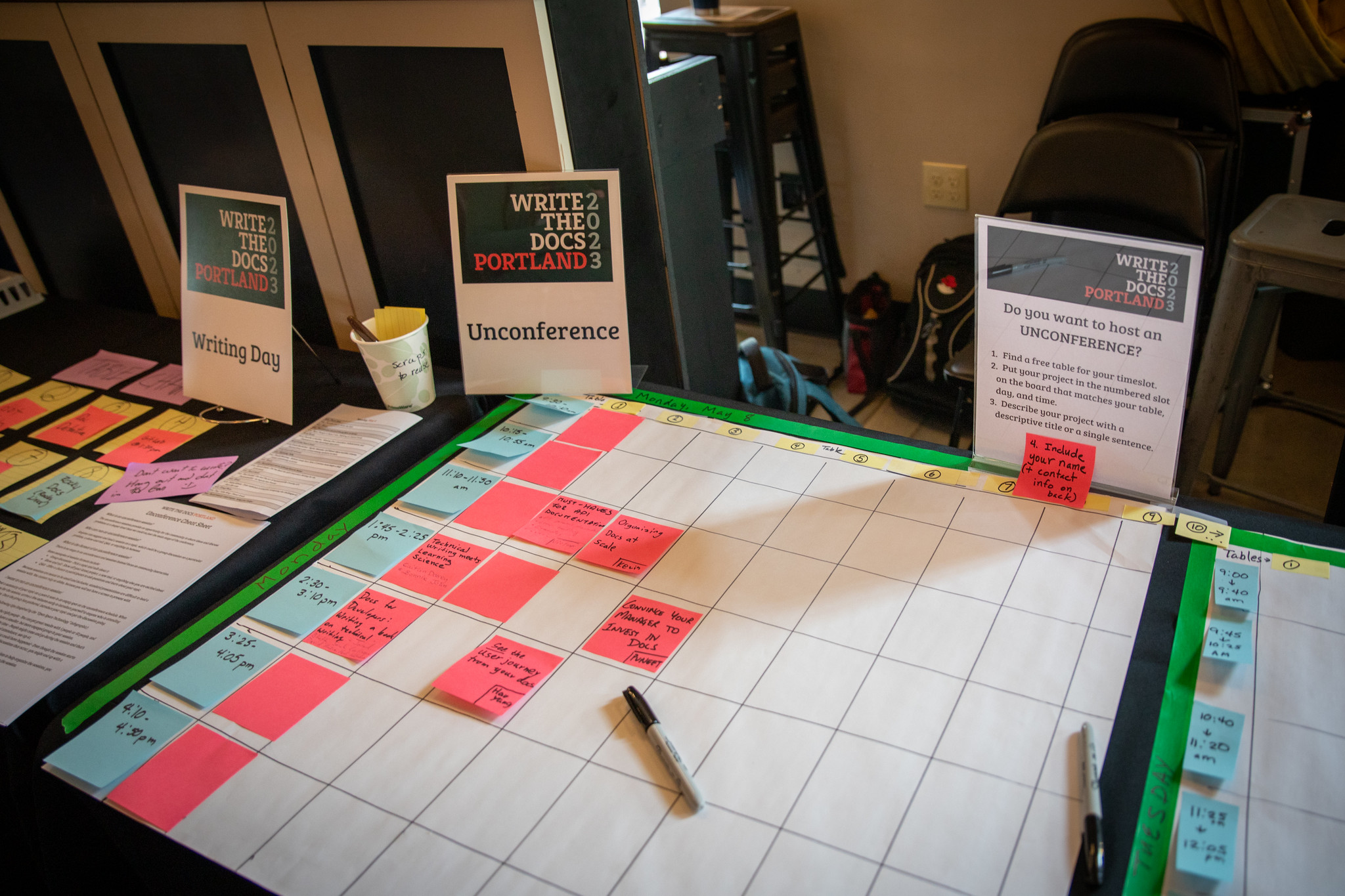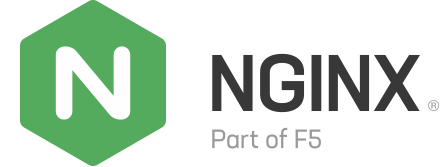Unconference¶
What is an Unconference?¶
The Unconference is attendee-driven sessions that provide the opportunity for anyone who is attending the conference to lead, contribute, share ideas and discuss problems in an organized setting away from the main stage talks.
Who can lead an Unconference session?
Anyone! All attendees are invited to lead a session on a topic – sessions can be organized around a presentation, group discussion or anything in between.
Who can attend an Unconference session?
Everyone!

Above is an example of what the unconference signup board will look like.¶
Unconference Schedule¶
Date: Monday, April 15 & Tuesday, April 16
- Morning and afternoon sessions
- Each session is 40 minutes in length
Exact times to be posted on our Schedule page.
Leading a Session¶
There is no stage in an unconference. Sessions take place at tables and focus on small group interaction.
How do I structure my unconference session?
- Group discussion - Pick a topic and facilitate a group discussion
- The semi-talk - Use a short presentation to lead into a group discussion on a topic
- Show and tell - Show off your latest project, a new tool, or anything else you are excited about
- Presentation - Because sessions are meant to be small and inclusive, this is a difficult format for a session. You cannot rely on slides, because you will not have access to a large screen. Feel free to present a longer talk, but expect more interaction from others joining the session and break often for questions and discussion.
These ideas were borrowed from Scott Berkun. Read more of his post on unconference sessions.
Tips to keep in mind:
- Good sessions emphasize group participation. However, if you choose a format that includes a lot of your own ideas or material, be prepared to dial it back and use what you have as a starting point, not as the focal point.
- Aim to keep your sessions manageably small. Most sessions are typically 5-12 people. If you’re leading a session on a popular topic (notably API docs in the past), consider scheduling an early time so there’s the possibility to schedule overflow sessions later in the day, or the following day.
- Whoever attends are the right people. You can get great results with 5 or 30 people, and sometimes it’s better to have a smaller, but more engaged group.
- People may come and go during the session and that’s okay!
- Keep an open mind. Even though the session starts out with a topic, you may end up with a different outcome.
- Ask unconf organizers for support to wrangle logistics. The room can get crowded especially when a popular topic is scheduled.
- When it’s over, it’s over. There are time slots to help organize the sessions but you can finish early or continue the discussion elsewhere.
Some above tips inspired by the “Open Space Technology” infographic.
Attending a Session¶
- View the Sessions Schedule. This will be posted online and in the unconf room during the conference only.
- Head to that table and have a seat. You can also join mid-session!
- Feel free to listen or add your voice to the discussion.
- Don’t be afraid to change sessions mid-slot! Please make sure you bow out politely.
Can’t find a session you want to attend? Perhaps this means you should add your own session to the schedule!
Scheduling a Session¶
- The first opportunity to schedule a session is on Sunday at Writing Day and the welcome reception. Sign up anytime during the conference on Monday and Tuesday.
- Write the title of your session on a note. Pick a time slot and table number on the large schedule.
- The schedule for the Unconference is posted in-person, but we have an online version that we update periodically throughout the conference.









